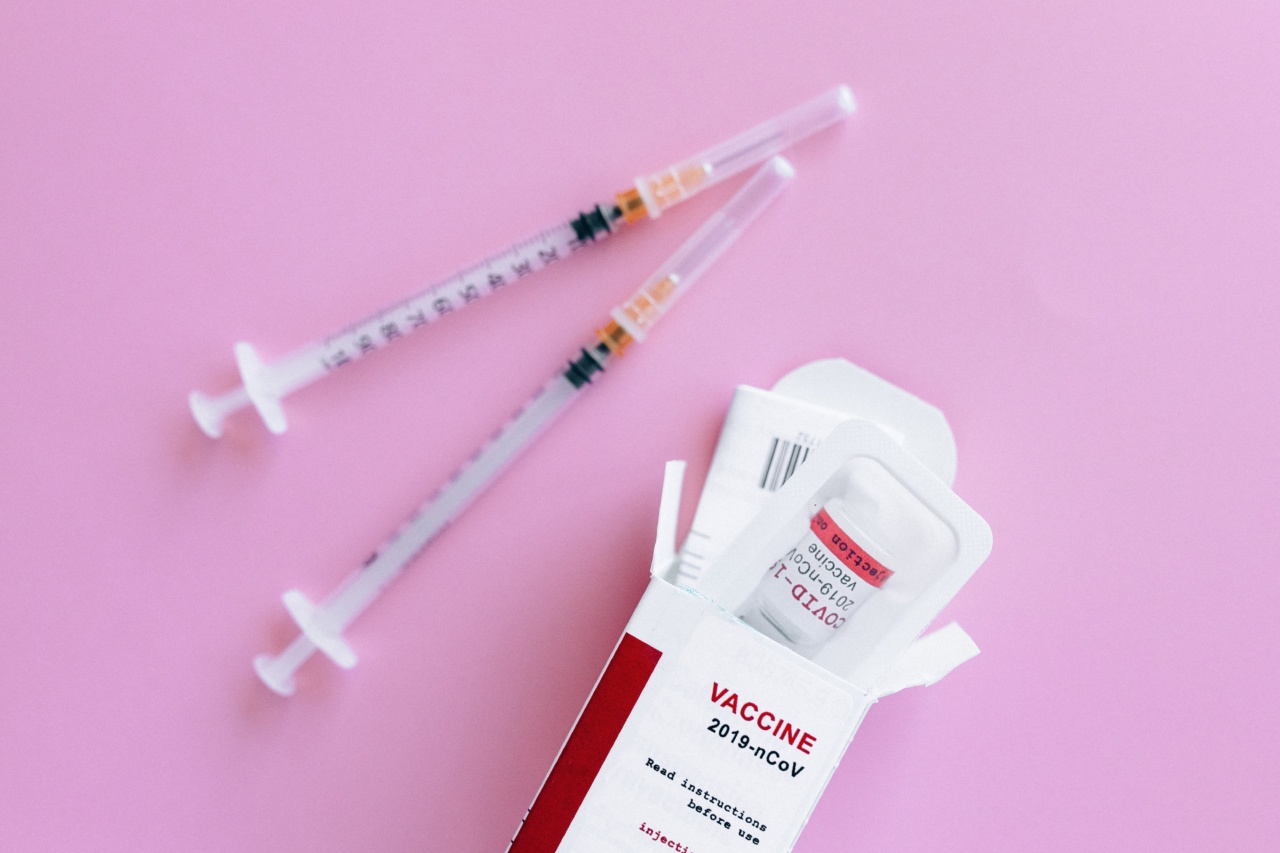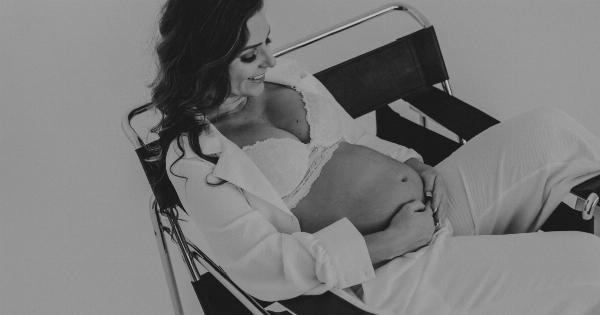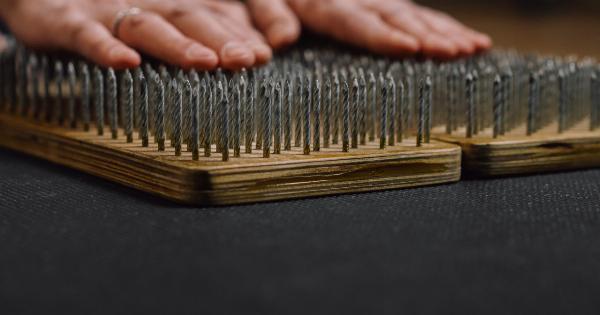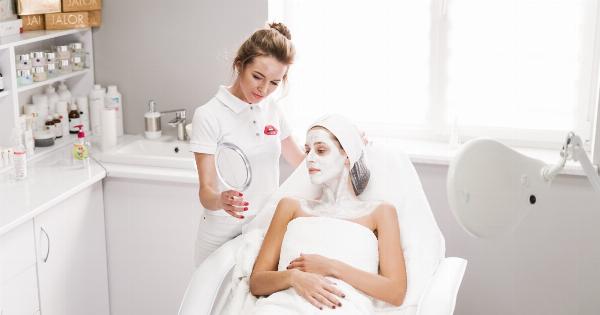A new fertility treatment could help women reverse the aging of their eggs, giving them a better chance of having a baby later in life. The treatment involves taking a small sample of ovarian tissue and exposing it to high levels of oxygen.
This stimulates the growth of new eggs and can help repair any damage caused by age or disease.
How it works
The treatment, called ovarian rejuvenation, is still in the early stages of development, but initial results are promising.
The procedure involves removing a small piece of the ovary, either through keyhole surgery or a small incision, and then exposing it to high levels of oxygen. This stimulates the growth of new eggs and can help repair any damage caused by age or disease.
The treatment has been tested on animals and human ovarian tissue, with promising results.
In a recent study, researchers at the University of California, Los Angeles, reported that they were able to “reverse the aging of human eggs” using the technique.
Possible benefits
The treatment could have several potential benefits for women trying to conceive. It could give women who have reached the end of their reproductive life a better chance of having a baby.
It could also help women who are struggling to conceive due to age-related fertility decline. Additionally, it could be used to help women who have had chemotherapy or other treatments that may have damaged their ovaries.
Risks and side effects
As with any medical treatment, there are some risks and side effects associated with ovarian rejuvenation. The most significant risk is that the treatment could lead to the development of ovarian cancer.
However, the risk is thought to be low, and further research is needed to establish the safety of the procedure.
Other potential side effects of ovarian rejuvenation include bleeding, infection, and damage to surrounding organs. However, these risks are relatively low, and the procedure is considered to be relatively safe.
Current fertility treatments
There are currently several fertility treatments available for women who are struggling to conceive. The most common treatment is in vitro fertilization (IVF), which involves fertilizing an egg outside the body before transferring it back to the uterus.
Other treatments include fertility drugs, intrauterine insemination (IUI), and donor eggs or sperm.
However, these treatments are not always successful, and they can be expensive and time-consuming.
Additionally, they do not address the underlying issue of age-related fertility decline and may not be suitable for women who are unable to produce viable eggs.
Future developments
Ovarian rejuvenation is still in the early stages of development, and further research is needed to establish its safety and effectiveness.
However, the treatment shows promise as a potential solution for age-related fertility decline and could transform the field of reproductive medicine.
In the future, it may be possible to combine ovarian rejuvenation with other fertility treatments to increase the chances of conception further.
Additionally, the technique could be used in conjunction with genetic testing to screen for genetic disorders and increase the likelihood of producing healthy offspring.
Conclusion
Ovarian rejuvenation is a promising new fertility treatment that could help women overcome age-related fertility decline.
The technique involves taking a small sample of ovarian tissue and exposing it to high levels of oxygen, stimulating the growth of new eggs and repairing any damage caused by age or disease.
While the treatment is still in the early stages of development, it could offer hope to women who have struggled to conceive through traditional fertility treatments.
Further research is needed to establish the safety and effectiveness of ovarian rejuvenation, but the potential benefits are significant.






























